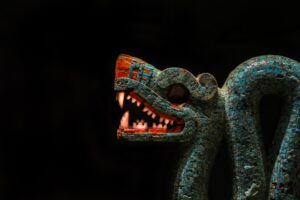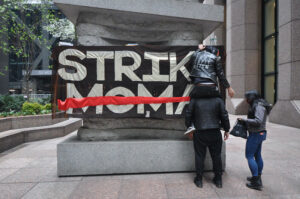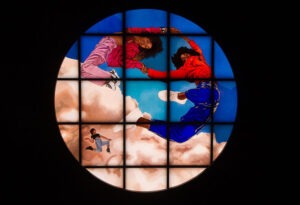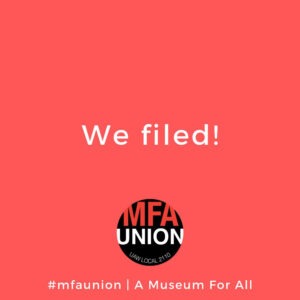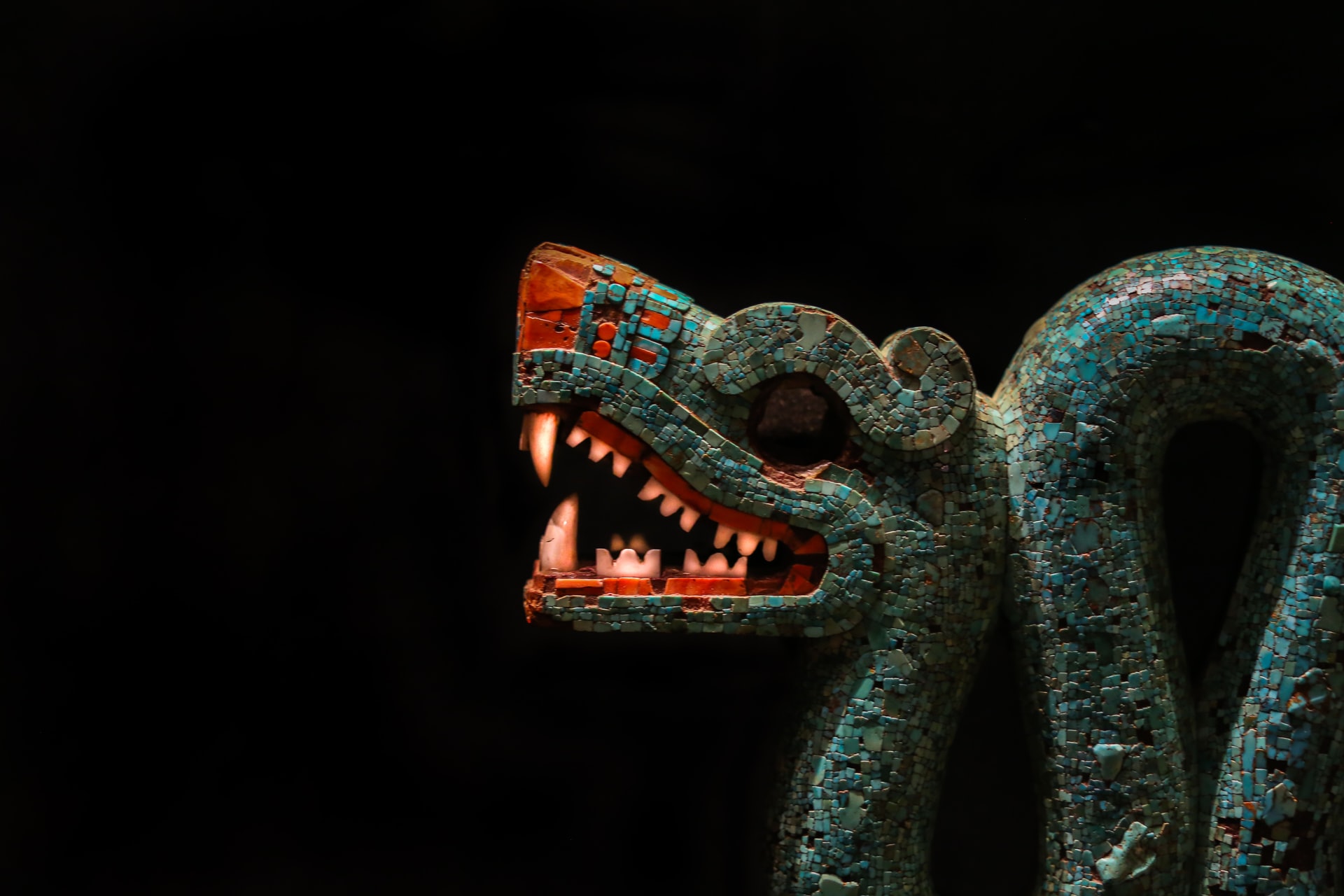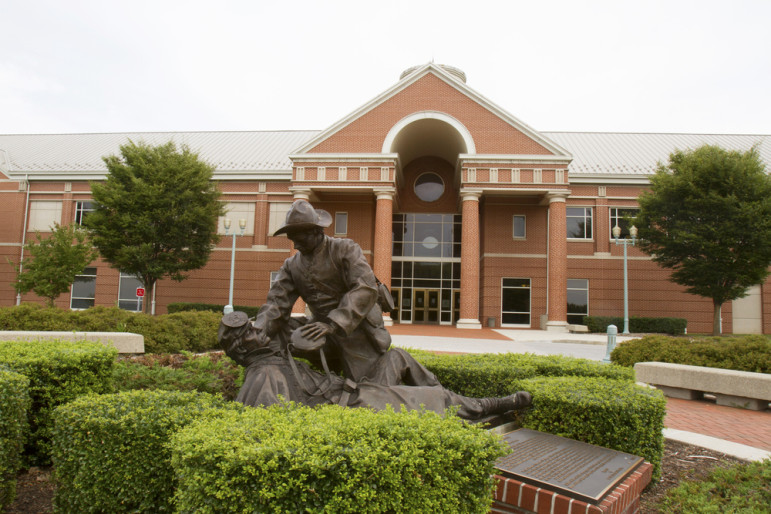
February 17, 2016; Patriot-News (Harrisburg, PA)
Last week, NPQ reported on the controversy taking place in Harrisburg, Pennsylvania when the city’s National Civil War Museum partnered with the National Rifle Association for a Civil War “Guns and Lace” exhibit. About a dozen protestors were outside the museum on its opening night last week. The exhibit was to run until Sunday, but police reported earlier this week that three guns belonging to the NRA-sponsored exhibit were stolen early on Sunday morning.
Harrisburg police say they were originally told that the missing guns were not part of the NRA exhibit, but it was later confirmed that all three guns were on display for the NRA-sponsored exhibit. One of those guns, a factory-engraved repeating rifle once owned by Abraham Lincoln’s Secretary of War (and former Pennsylvania Senator) Simon Cameron, was on loan from a “third party,” according to museum CEO Wayne Motts. The other two guns, both Colt revolvers that belonged to Cameron, were purchased by the city of Harrisburg in 1996 for six figures. Police released photos of the stolen guns earlier this week.
Sign up for our free newsletters
Subscribe to NPQ's newsletters to have our top stories delivered directly to your inbox.
By signing up, you agree to our privacy policy and terms of use, and to receive messages from NPQ and our partners.
Harrisburg Police Captain Gabriel Olivera said the guns were housed in the same display case that was broken into, but no other exhibit or artifact was taken. Video surveillance footage showed a lone male suspect breaking into the museum early Sunday morning, apparently disturbing only the NRA exhibit. The historic guns could potentially be worth hundreds of thousands of dollars. In the wake of the theft, the museum is reviewing its security system and safeguards.
Museum thefts are not particularly uncommon, with one of the most famous cases being the stolen artwork from Boston’s Isabella Stewart Gardner Museum in 1990. Readers may remember the Boston Public Library incidents last year in which officials misplaced items in the everyday wear and tear of maintaining the institution. Other times, museum staffers deliberately misplace an item. PennLive reporter Christine Vendel wrote in the comments of her article for the Harrisburg case, “Police wouldn’t say [whether it was an inside job]. They wouldn’t rule it in or out.”
It’s rare that a controversial exhibit that was protested and publically maligned by the community, including the city’s mayor, then becomes a burglary target. More puzzling, the stolen guns were not the exhibit’s controversial artifacts. All three guns belonged to Cameron, a Union leader and Lincoln ally. Protestors were upset with the inclusion of a gun owned by Confederate leader William Quantrill, known for inventing a particularly terrorizing form of guerrilla warfare. Was the burglary simply a means of acquiring and selling valuable historic artifacts, or does this thief have a more philosophical, anti-gun agenda?


